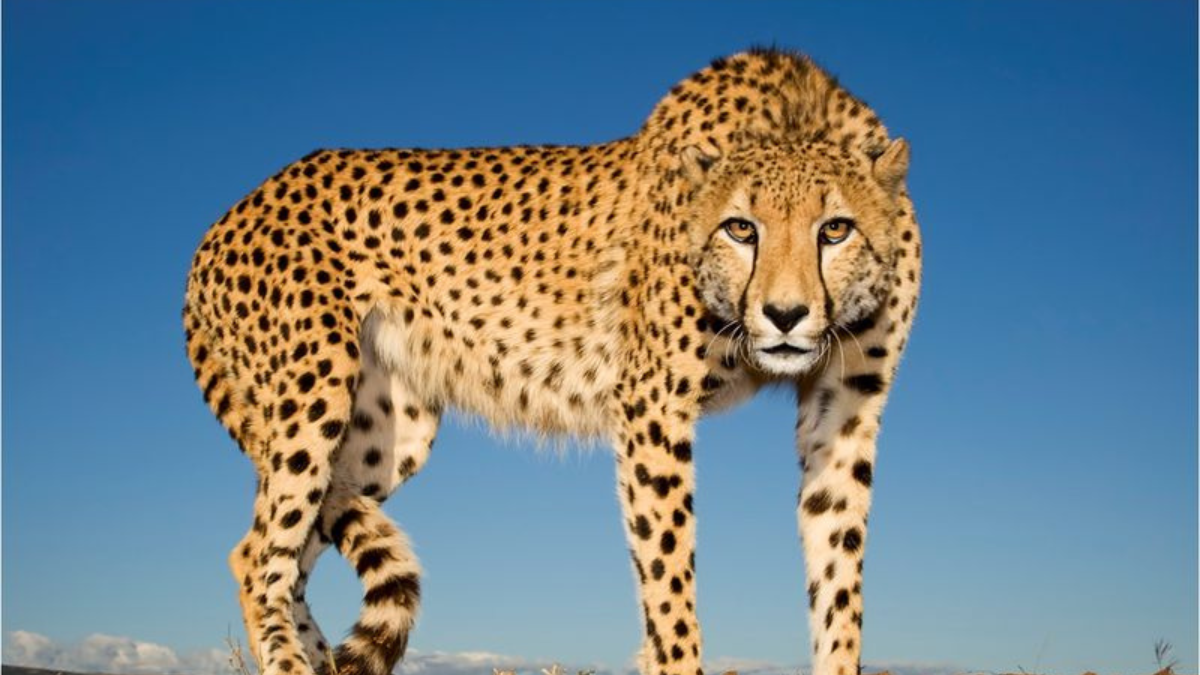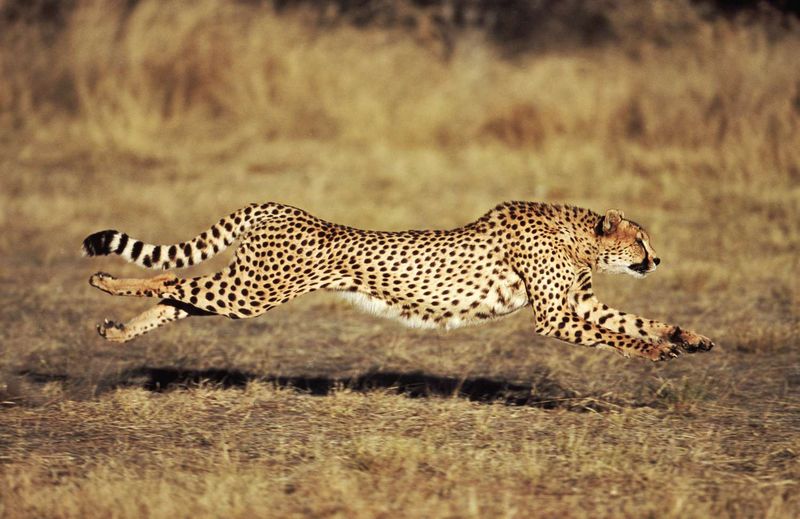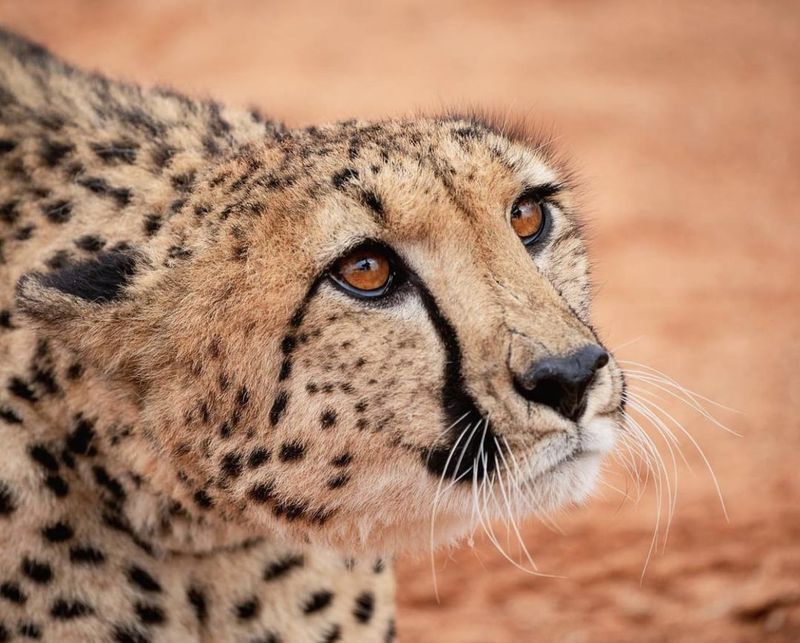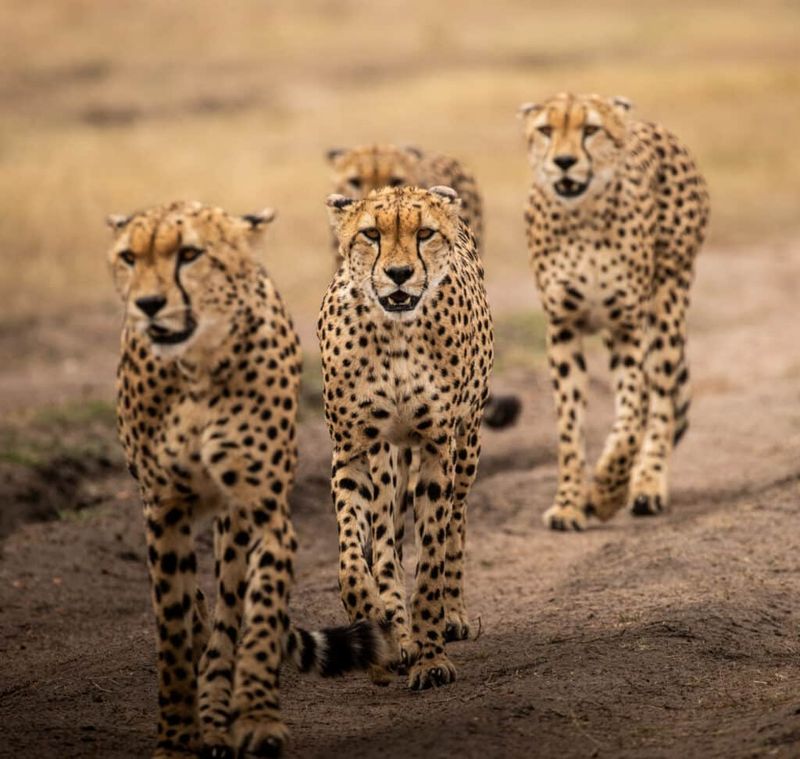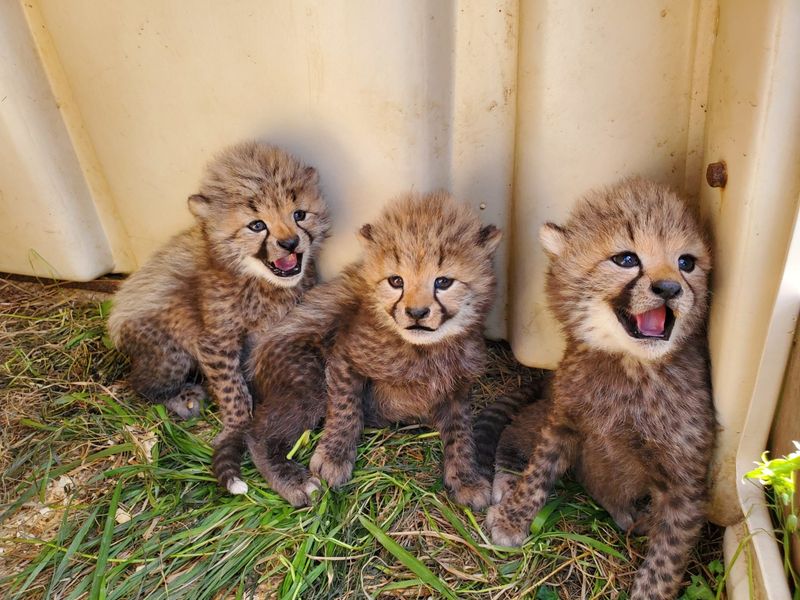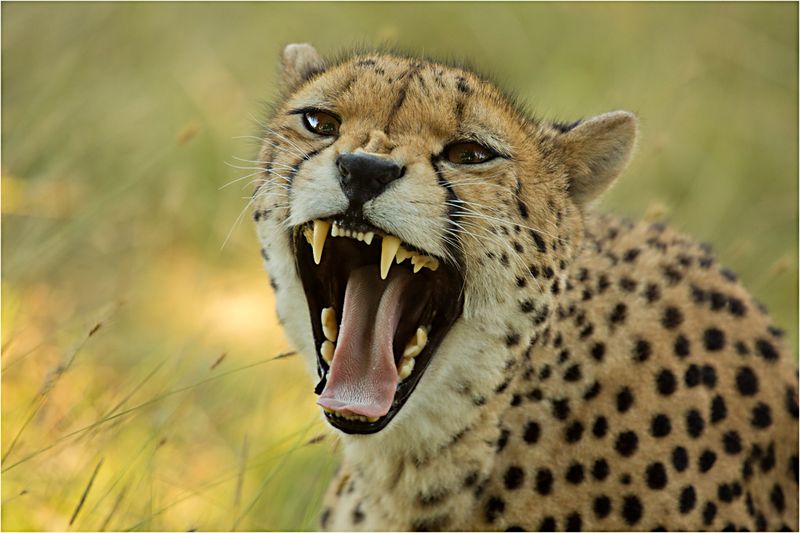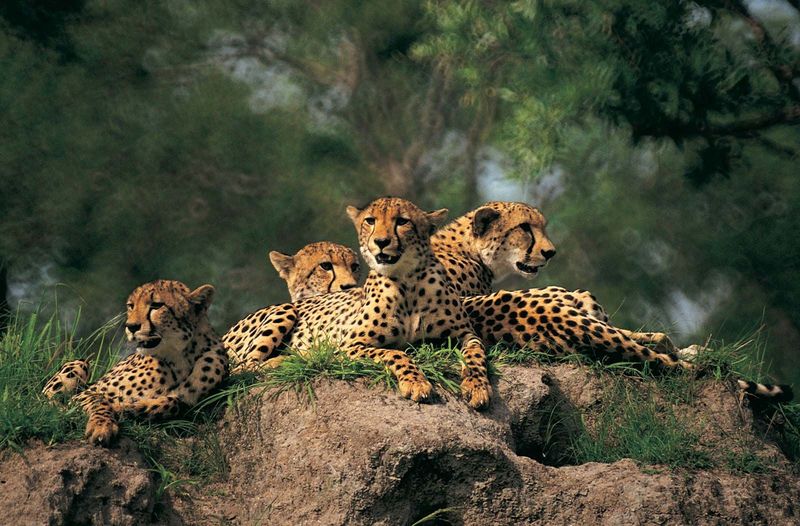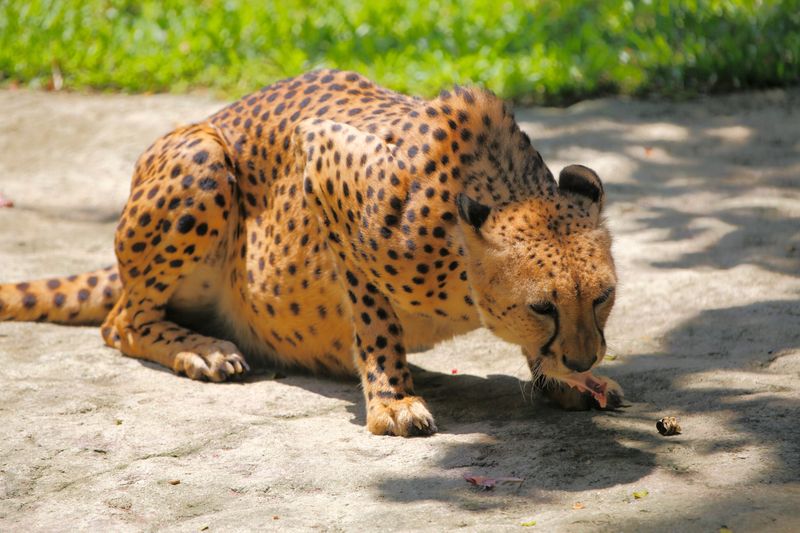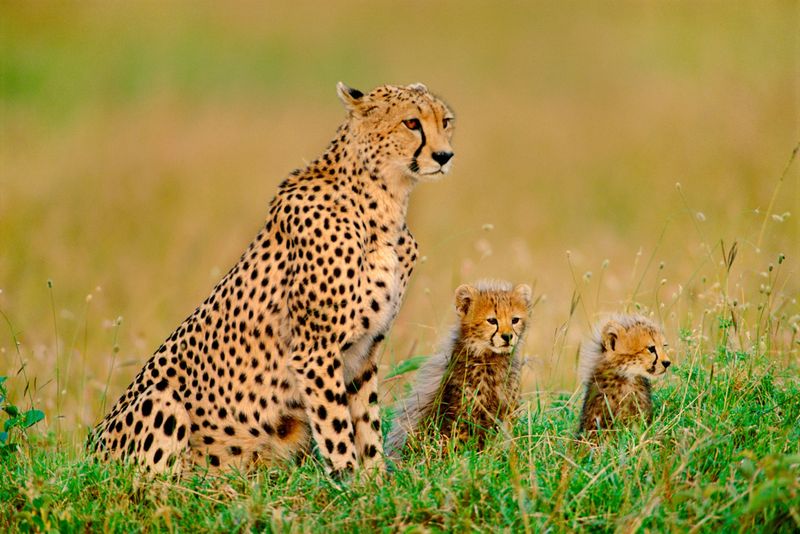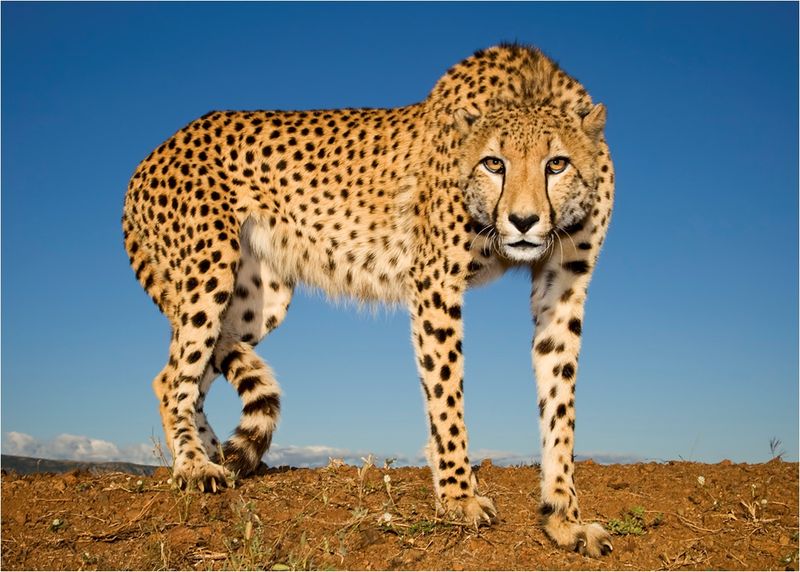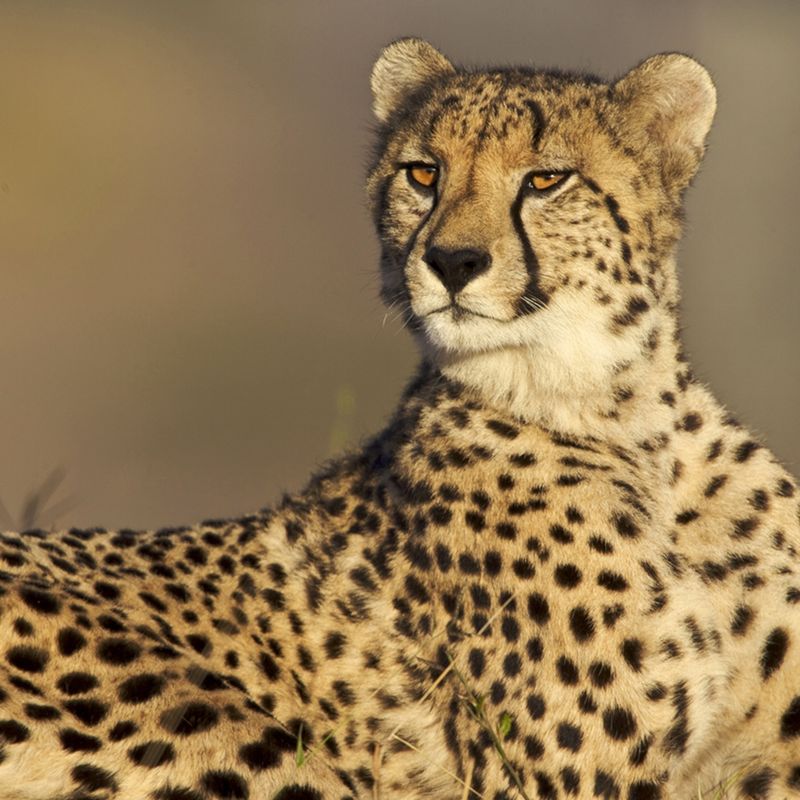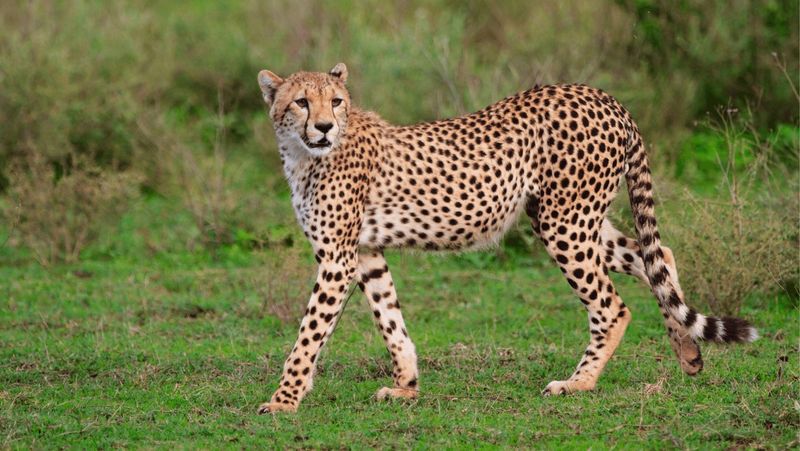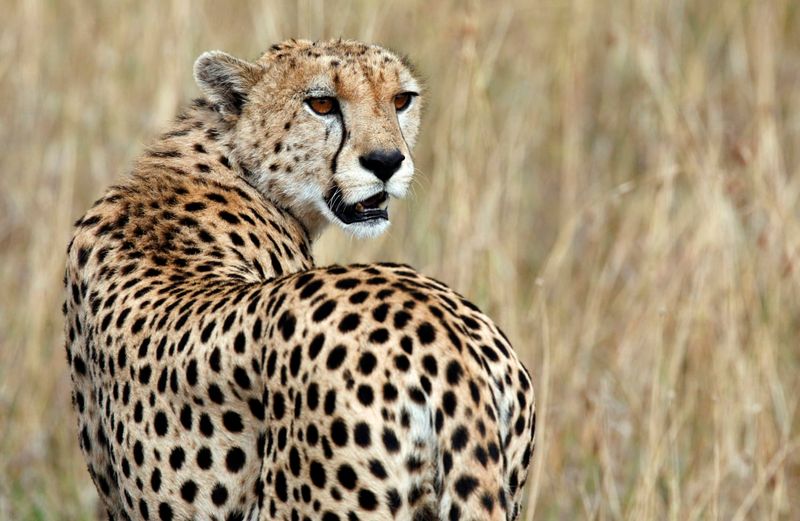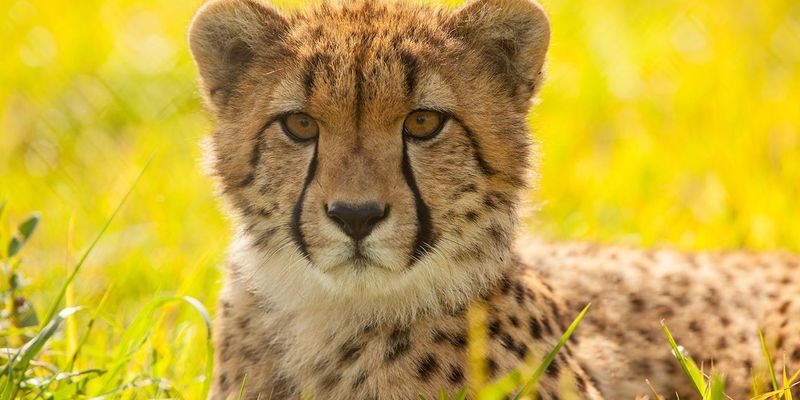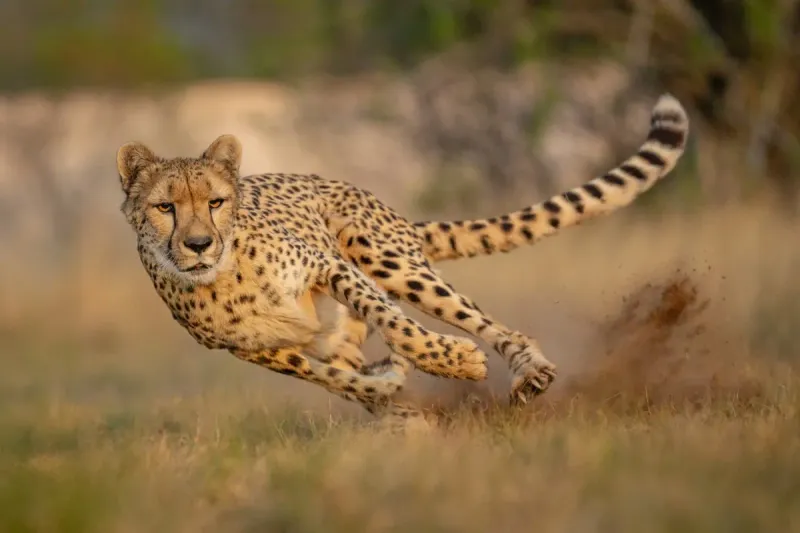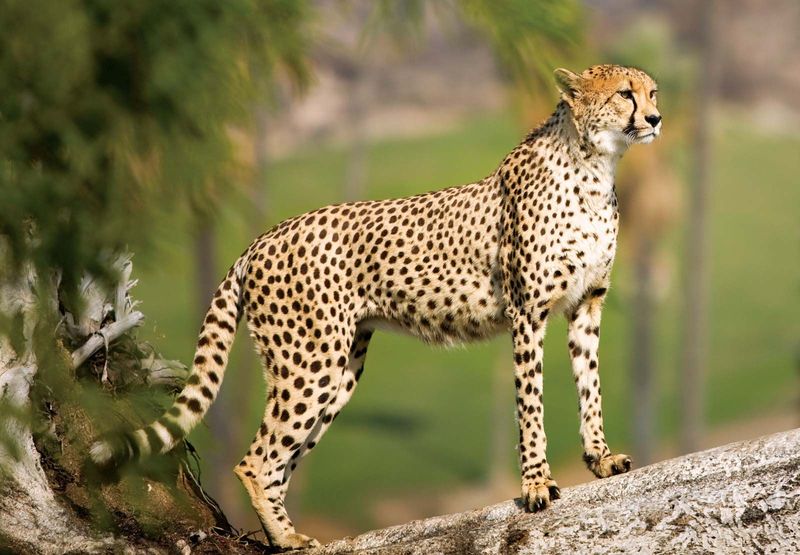📖 Table of Content:
- 1. Cheetah’s Speed
- 2. Tear Marks
- 3. Social Structure
- 4. Cheetah Cubs
- 5. Distinctive Roar
- 6. Cheetah Habitat
- 7. Diet and Hunting
- 8. Conservation Status
- 9. Cheetah’s Anatomy
- 10. Unique Spot Patterns
- 11. Cheetah’s Tail
- 12. Habitat Loss
- 13. Cheetah’s Vision
- 14. Cheetah’s Flexibility
- 15. Role in the Ecosystem
Cheetahs are widely recognized for their incredible speed, making them one of the most impressive predators on land. However, their abilities go beyond just running fast, as these animals possess a unique set of traits that make them stand out in the animal kingdom. Their physical features and hunting techniques contribute to their status as extraordinary creatures.
Beyond their speed, cheetahs exhibit fascinating social behaviors and communication methods that are often overlooked. These cats are not solitary in the same way other big cats are, with different social structures based on gender. Their interactions with each other reveal a lot about their survival strategies and adaptability.
From their specialized hunting methods to their intricate family dynamics, cheetahs continue to amaze those who study them. Their combination of grace, speed, and intelligence makes them a subject of deep interest for researchers. Exploring these lesser-known facts uncovers more about why cheetahs are truly unique in the animal world.
1. Cheetah’s Speed
As the fastest land animals, cheetahs can reach speeds of 60-70 mph. They’re able to accelerate to 60 mph in only a few seconds. Their speed is driven by their aerodynamic bodies, expansive nostrils, and powerful leg muscles.
Unlike other big cats, cheetahs have non-retractable claws that provide extra grip during high-speed chases. However, they can only maintain these speeds for short distances, usually around 500 meters. This brief sprint requires an enormous amount of energy, and after a chase, cheetahs need to rest to recover.
2. Tear Marks
Cheetahs have distinctive black tear marks running from the inner corners of their eyes down to the sides of their mouths. These marks help reduce glare from the sun and enhance their focus on prey.
The tear marks are a natural adaptation for hunting, highlighting their role as daytime predators. They have excellent vision and can spot prey from over three miles away. This combination of physical adaptations makes cheetahs highly efficient hunters, even in the bright African savannahs.
3. Social Structure
Unlike many other big cats, cheetahs have a unique social structure. Males, often brothers, form small groups called coalitions. These coalitions hunt and live together, providing strength in numbers.
Females, on the other hand, tend to be more solitary, except when raising cubs. This difference in social behavior highlights the cheetah’s adaptability to various environmental and survival challenges. This social structure enhances their hunting efficiency and helps protect their territory from other predators.
4. Cheetah Cubs
Upon birth, cheetah cubs are covered in a full coat of fur with noticeable markings, such as a blue-gray mane on their backs. This mane provides excellent camouflage, blending them seamlessly into their surroundings.
The cubs’ playful nature is crucial for their development, as it hones their hunting skills and strengthens their muscles. They stay with their mother for about 18 months, learning vital survival skills. During this time, the mother teaches them to hunt and recognize threats, ensuring their readiness for independence.
5. Distinctive Roar
While most big cats can roar, cheetahs communicate in different ways, using purrs, chirps, and growls. These vocalizations are vital for social interaction, especially for mother cheetahs bonding with their cubs.
Chirping calls are often used to locate one another in the tall grass, while purring indicates contentment. This vocal range makes cheetahs unique among the big cats and showcases their complex social dynamics.
6. Cheetah Habitat
Cheetahs are primarily found in Sub-Saharan Africa, inhabiting open savannahs and grasslands. This environment is ideal for their hunting style, offering vast areas to chase prey.
Despite their adaptability, cheetahs face habitat fragmentation and loss due to human activities. Conservation efforts are critical to preserving these environments and ensuring cheetah survival. Wildlife reserves and protected areas play a significant role in maintaining viable cheetah populations.
7. Diet and Hunting
During the day, cheetahs take advantage of their keen eyesight to hunt for food. They primarily target small to medium-sized ungulates, like gazelles.
Their hunting technique involves stalking prey closely before a swift, explosive chase. Once the prey is caught, cheetahs suffocate it by clamping down on its throat. This precise method highlights their efficiency and adaptation as hunters.
8. Conservation Status
Cheetahs are classified as vulnerable by the International Union for Conservation of Nature (IUCN). They face numerous threats, including habitat loss, human-wildlife conflict, and illegal wildlife trade.
Conservation organizations work tirelessly to protect cheetah populations, focusing on habitat preservation, anti-poaching efforts, and community education. These initiatives aim to ensure the survival of these incredible animals for future generations.
9. Cheetah’s Anatomy
A cheetah’s body is built for speed and agility. Their lightweight skeleton, large lungs, liver, and adrenal glands support high-speed chases.
Their spine acts as a spring during running, allowing for flexible and powerful strides. Additionally, their long tails assist with balance and steering while pursuing prey. This specialized anatomy enables cheetahs to excel as the fastest land mammals.
10. Unique Spot Patterns
Each cheetah has a unique pattern of spots, much like human fingerprints. These spots provide camouflage, helping them blend into the grassy landscapes.
The spots are scattered across their bodies, with black tear marks accentuating their facial features. This distinct patterning is crucial for their survival, offering both concealment from predators and an advantage in stalking prey.
11. Cheetah’s Tail
With its long, muscular tail, the cheetah has an essential tool for high-speed chases. The tail functions as a rudder, helping the cat stay balanced and stable while making rapid turns.
This adaptation is essential for maneuvering quickly and efficiently during a chase, showcasing the cheetah’s remarkable evolution for speed and precision. The tail’s unique ringed pattern also adds to its striking appearance.
12. Habitat Loss
A key challenge for cheetahs is the loss of habitat. With human activities like agriculture and urbanization taking over their natural territories, cheetahs are left with less room to hunt and roam freely.
Efforts to combat habitat loss include the establishment of wildlife corridors and protected areas. These initiatives aim to connect fragmented habitats and ensure cheetahs can roam freely to find food and mates.
13. Cheetah’s Vision
Cheetahs have exceptional vision, particularly adapted for daytime hunting. They can spot prey from several miles away, thanks to their large, forward-facing eyes.
Their keen eyesight is complemented by the distinctive tear marks, which reduce glare and improve focus. This combination of features makes cheetahs adept hunters, perfectly suited for the bright African savannahs.
14. Cheetah’s Flexibility
One of the key traits that enable cheetahs to run so fast is their remarkable flexibility. Their spine works like a spring, extending their bodies with each stride.
This flexibility allows for longer, more powerful strides during a chase, maximizing speed and efficiency. Their muscular build and flexible joints contribute to their status as the fastest land animals.
15. Role in the Ecosystem
As apex predators, cheetahs play a crucial role in their ecosystems. They help regulate prey populations by hunting weak or sick animals, ensuring healthier groups.
This natural selection process ensures a balance within the ecosystem, promoting biodiversity. Conservation efforts focus on preserving this balance, recognizing the cheetah’s importance in its natural habitat. Their presence indicates a thriving environment, highlighting their ecological significance.
